Melrose Abbey, the Scottish Borders: The spectacular ruin where Robert the Bruce's heart is buried
Melrose Abbey is one of the most powerfully romantic and evocative ruins in Britain — and for that matter, the world.
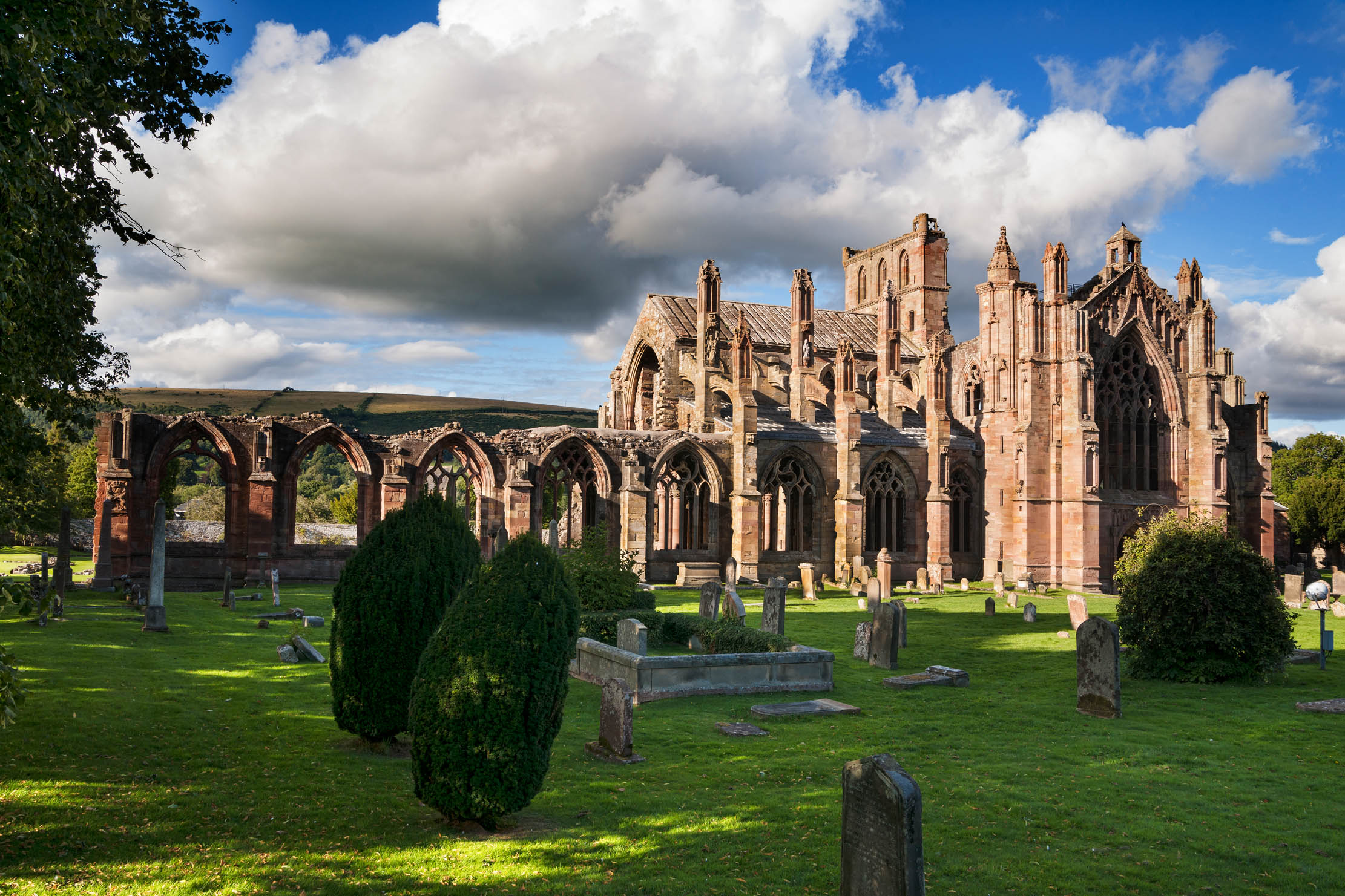
David I of Scotland, having pushed the boundaries of his kingdom far into what is now England, founded monasteries along the Tweed. This was to prove uncomfortable for the monks when the border settled back to its old position, as they were now easy targets for raids.
Melrose suffered repeatedly. It was sacked by Edward II’s army in 1322; Robert the Bruce helped with the rebuilding and ordered that his heart should be buried there (the rest of his body joined the other Scottish kings in Dunfermline Abbey).
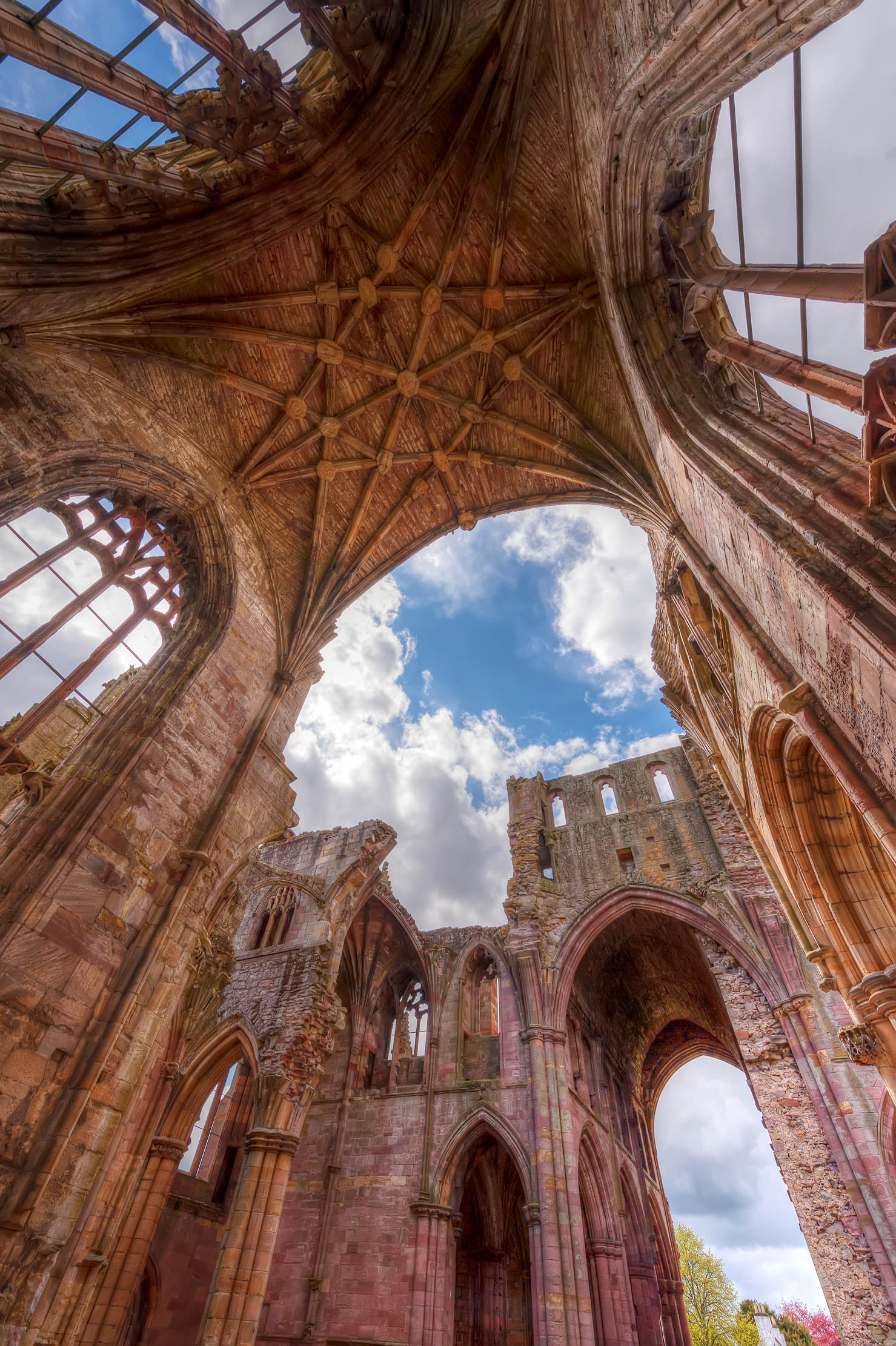
After Melrose was burnt by another army (Richard II’s) in 1385, it was almost completely rebuilt on a grand scale. Today, the shell of the abbey church, of rose-coloured stone, largely survives.
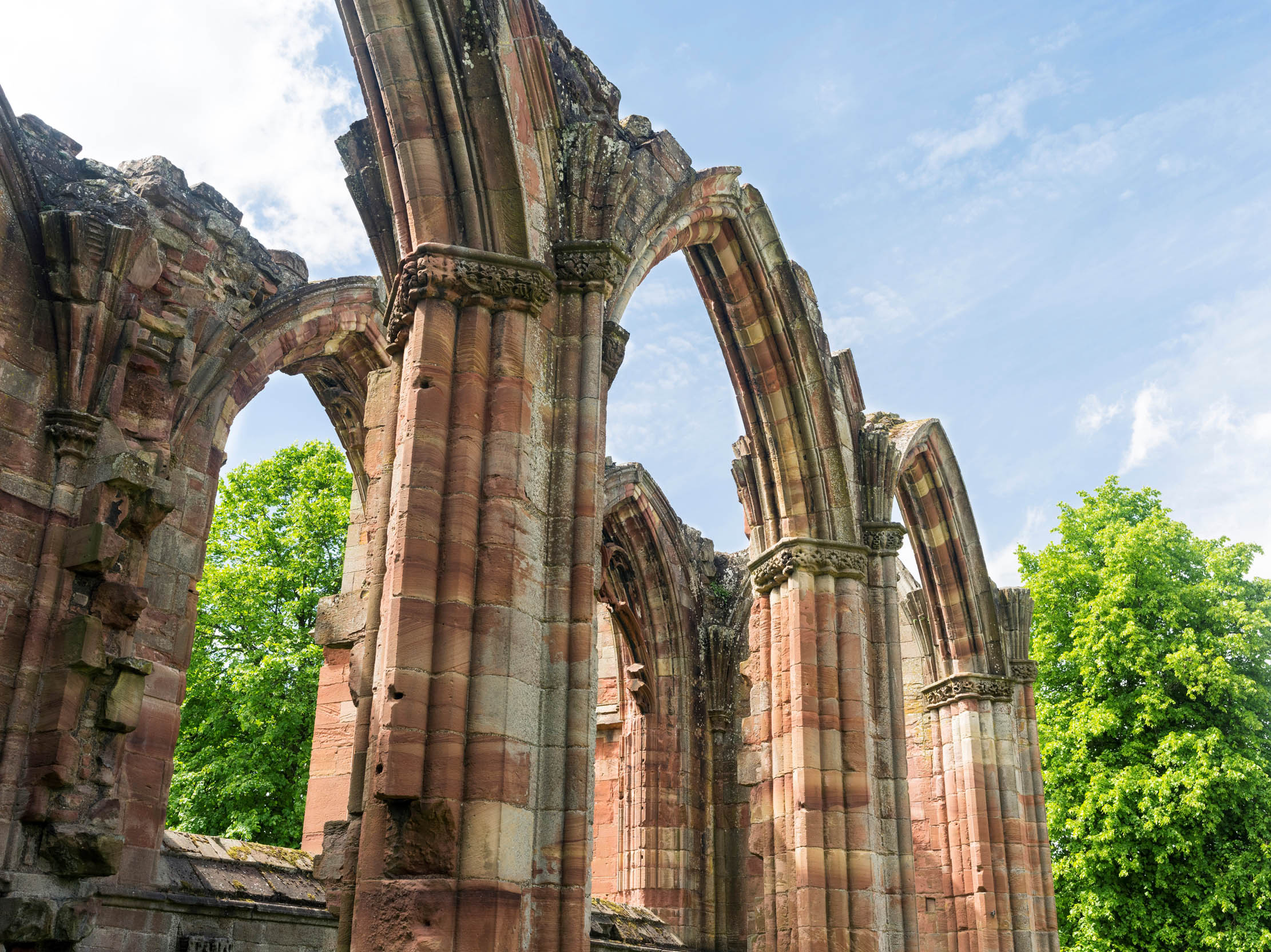
Unusually, the mason who led the work is identified by an inscription: he was John Morow, originally from Paris, who had several major buildings in his care, and his carvings show demons, hobgoblins, lute-playing angels, cooks with ladles and a pig playing the bagpipes.
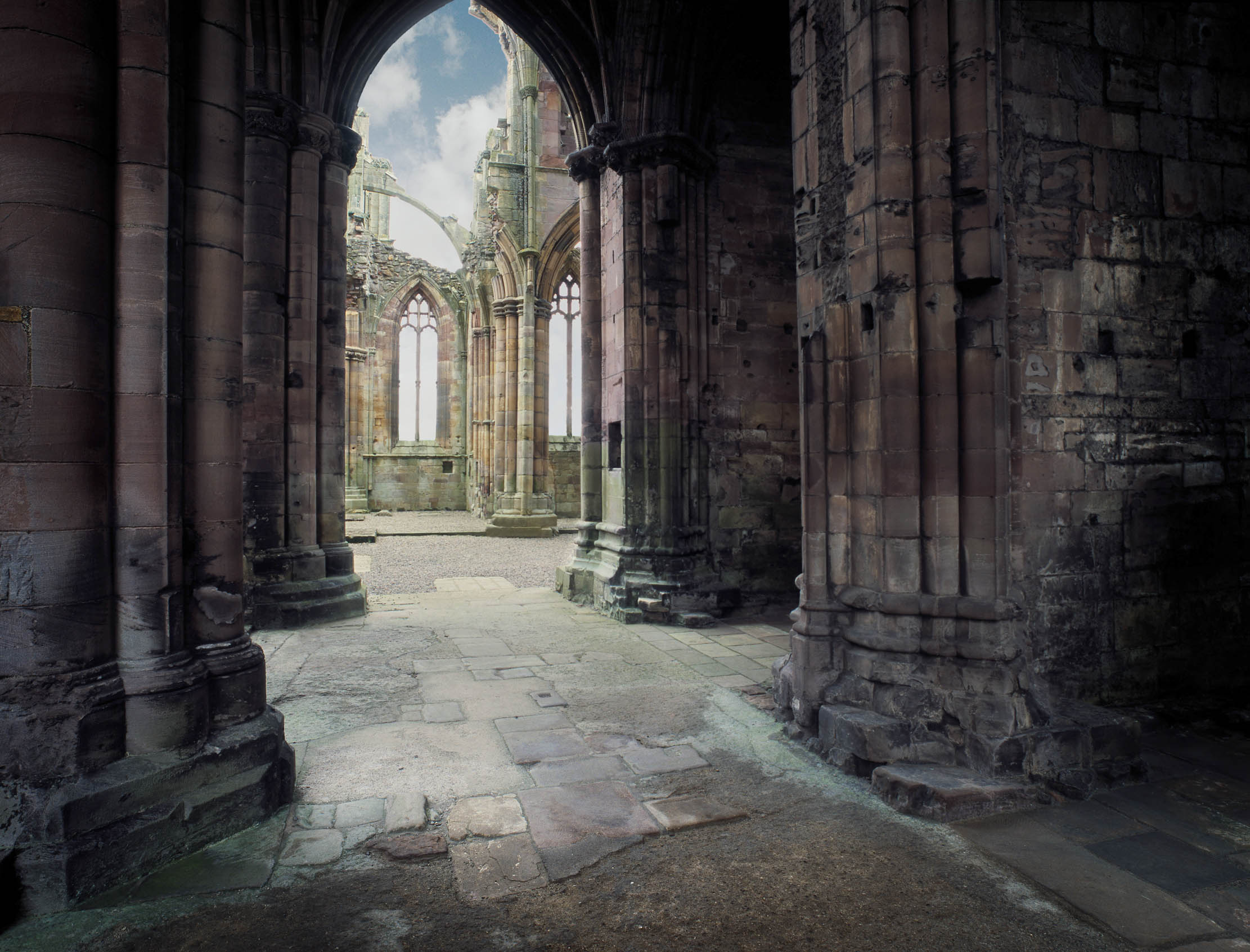
Visitors have been coming here for centuries to appreciate some of Britain's most romantic and spectacular ruins. Queen Victoria paid a visit, while Sir Walter Scott — who lived three miles away at Abbotsford — urged readers of The Lay of the Last Minstrel to visit in moonlight.
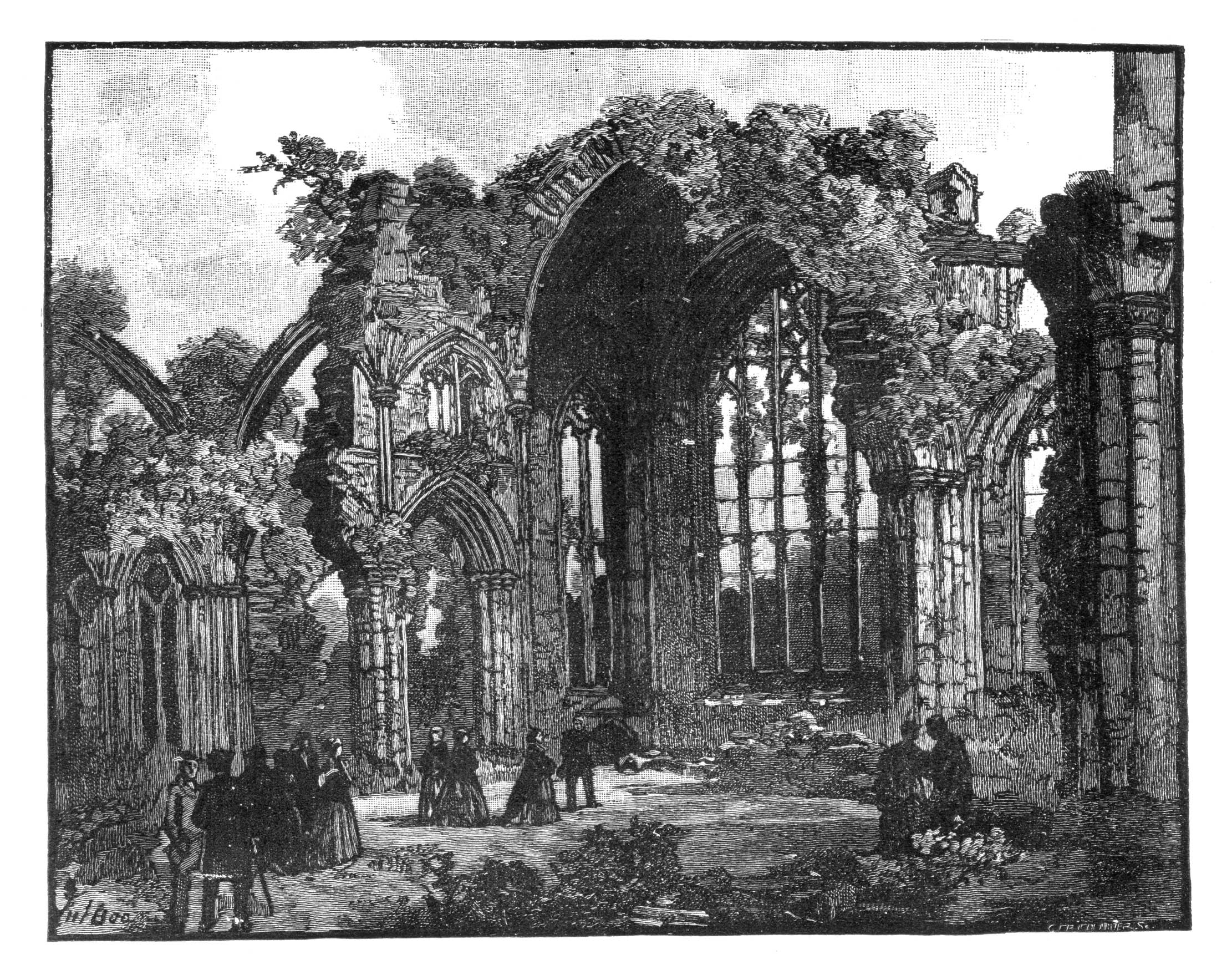
How to visit Melrose Abbey
Melrose Abbey, 40 miles south of Edinburgh, is run by Historic Scotland, and is open year-round to visitors (adult tickets £3.80). Sadly, at the time of writing, conservation work means that the church itself is closed off to visitors, but the cloisters, museum and gardens are still open. The Abbey is on the north side of the town centre, and parking is available.
Exquisite houses, the beauty of Nature, and how to get the most from your life, straight to your inbox.
Toby Keel is Country Life's Digital Director, and has been running the website and social media channels since 2016. A former sports journalist, he writes about property, cars, lifestyle, travel, nature.
-
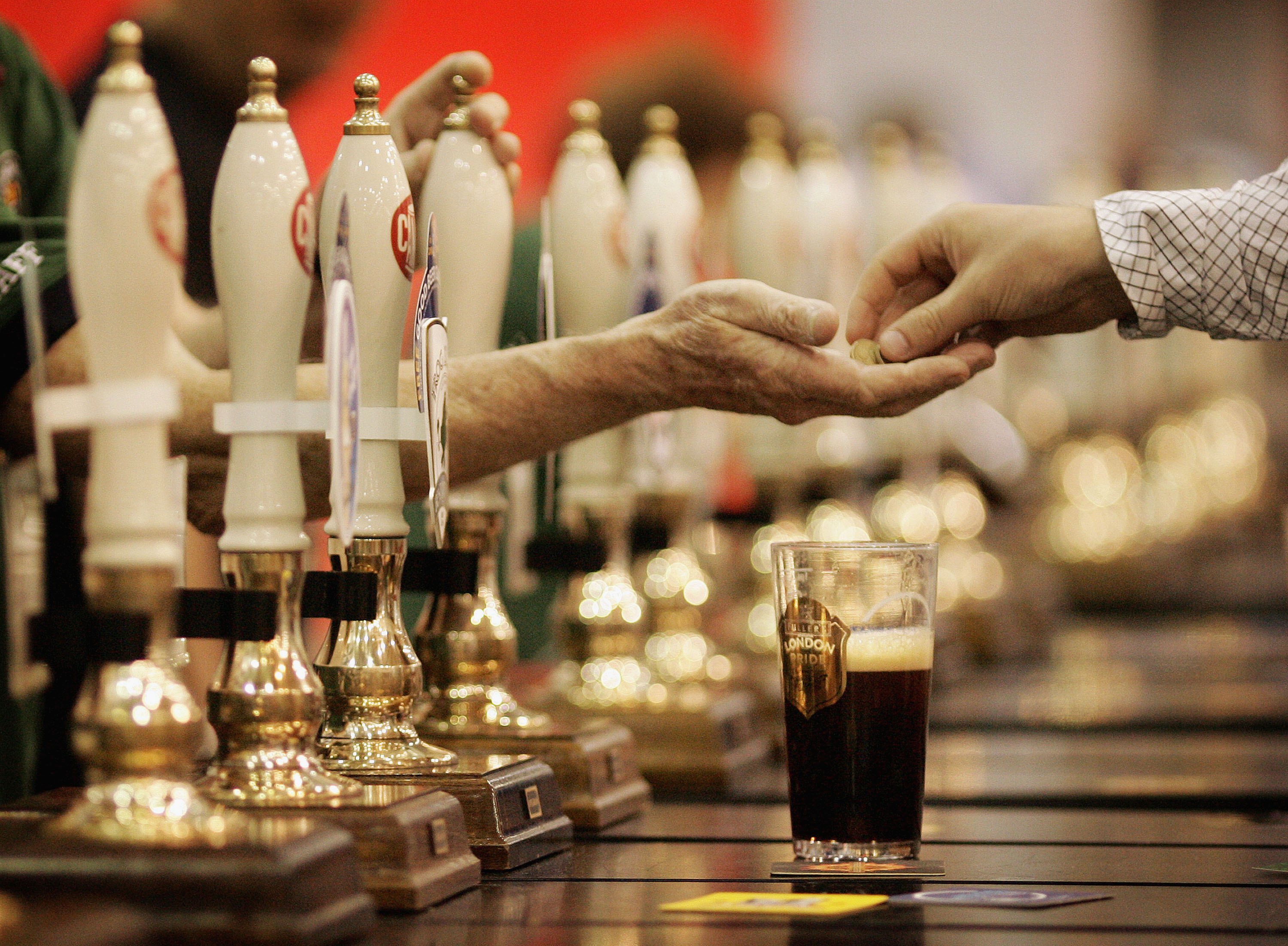 In search of London’s earliest pint
In search of London’s earliest pintEarly houses — pubs open in the early hours to feed and water the market trade — have been a cornerstone of London for centuries. Yet, as Will Hosie finds, they aren’t stuck in the past.
-
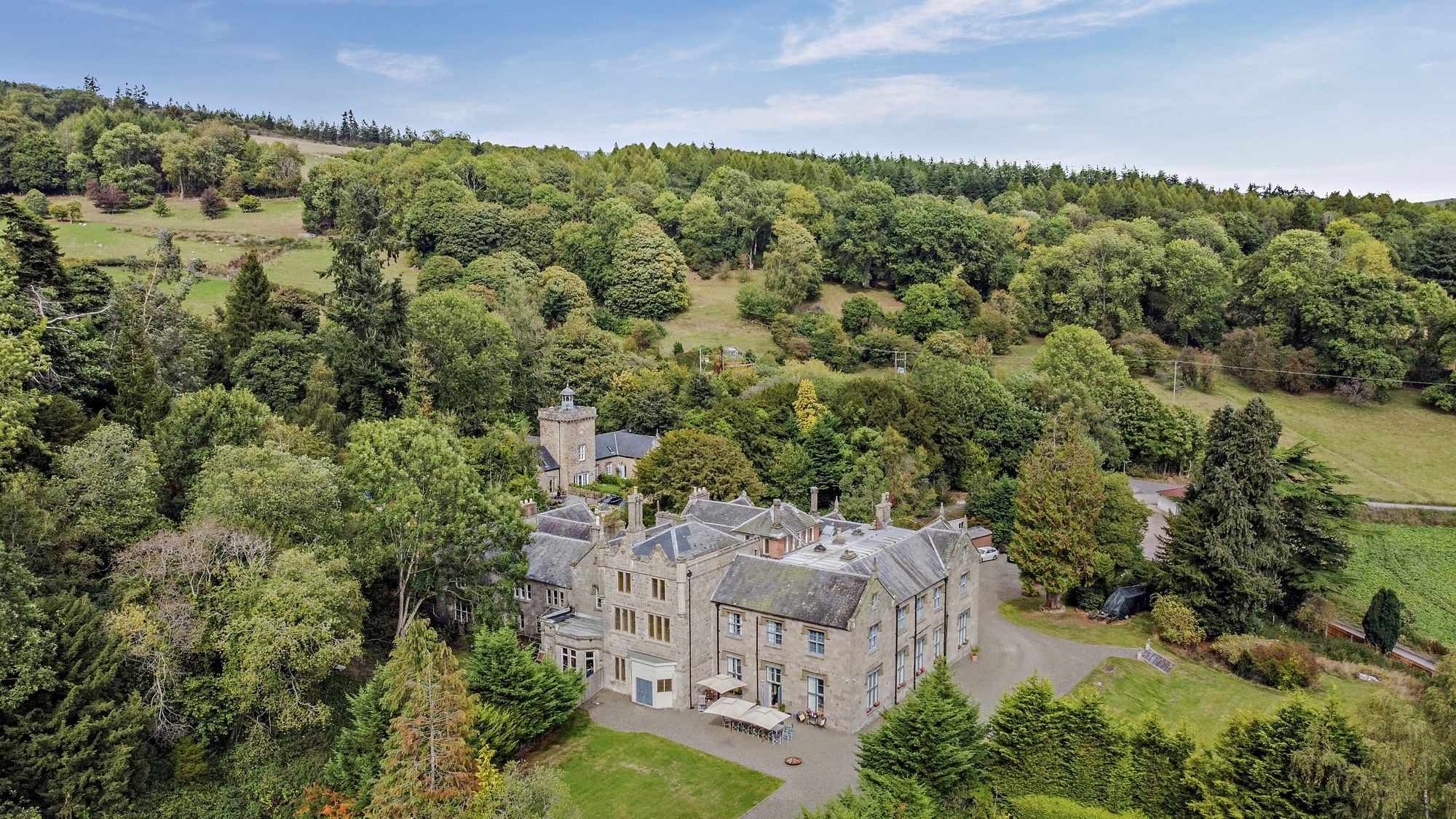 A 14-bedroom 'miniature Downton Abbey' to call your own — and there's not a penny of Mansion Tax to be paid
A 14-bedroom 'miniature Downton Abbey' to call your own — and there's not a penny of Mansion Tax to be paidNorton Manor is an incredible period home that's on the market for £1.3 million.
-
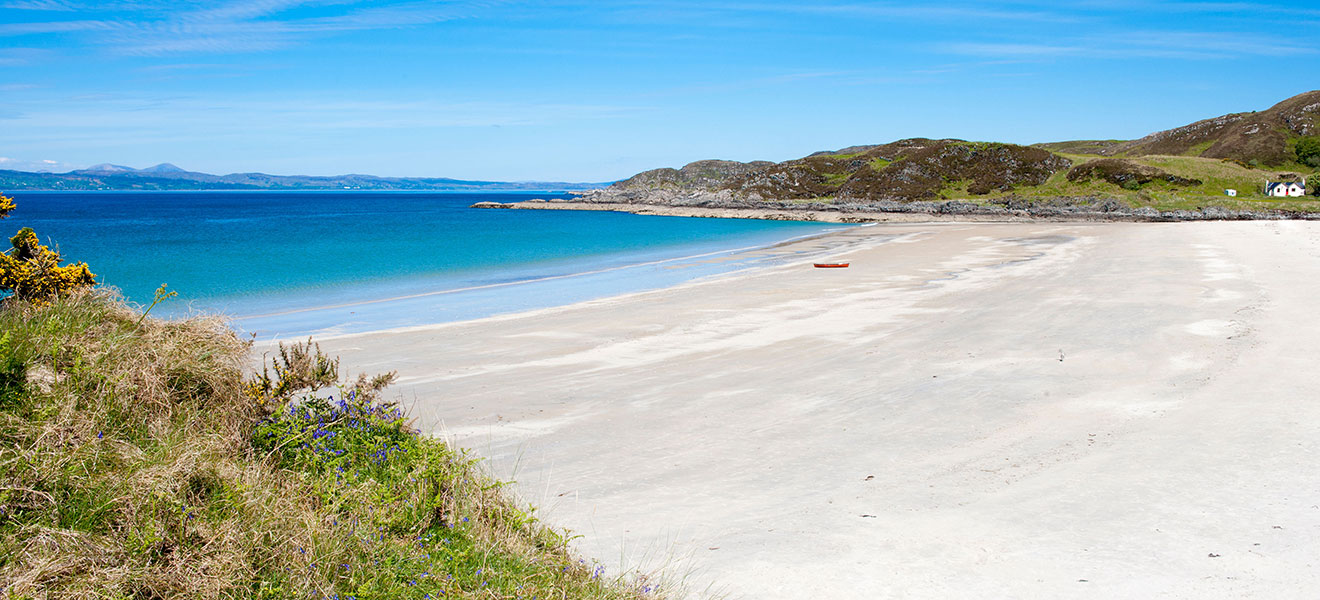 10 of Scotland’s most magical white sand beaches
10 of Scotland’s most magical white sand beachesWhat better day to celebrate some of Scotland's most stunning locations than St Andrew's Day? Here's our pick of 10 of the finest white sand beaches in the country.
-
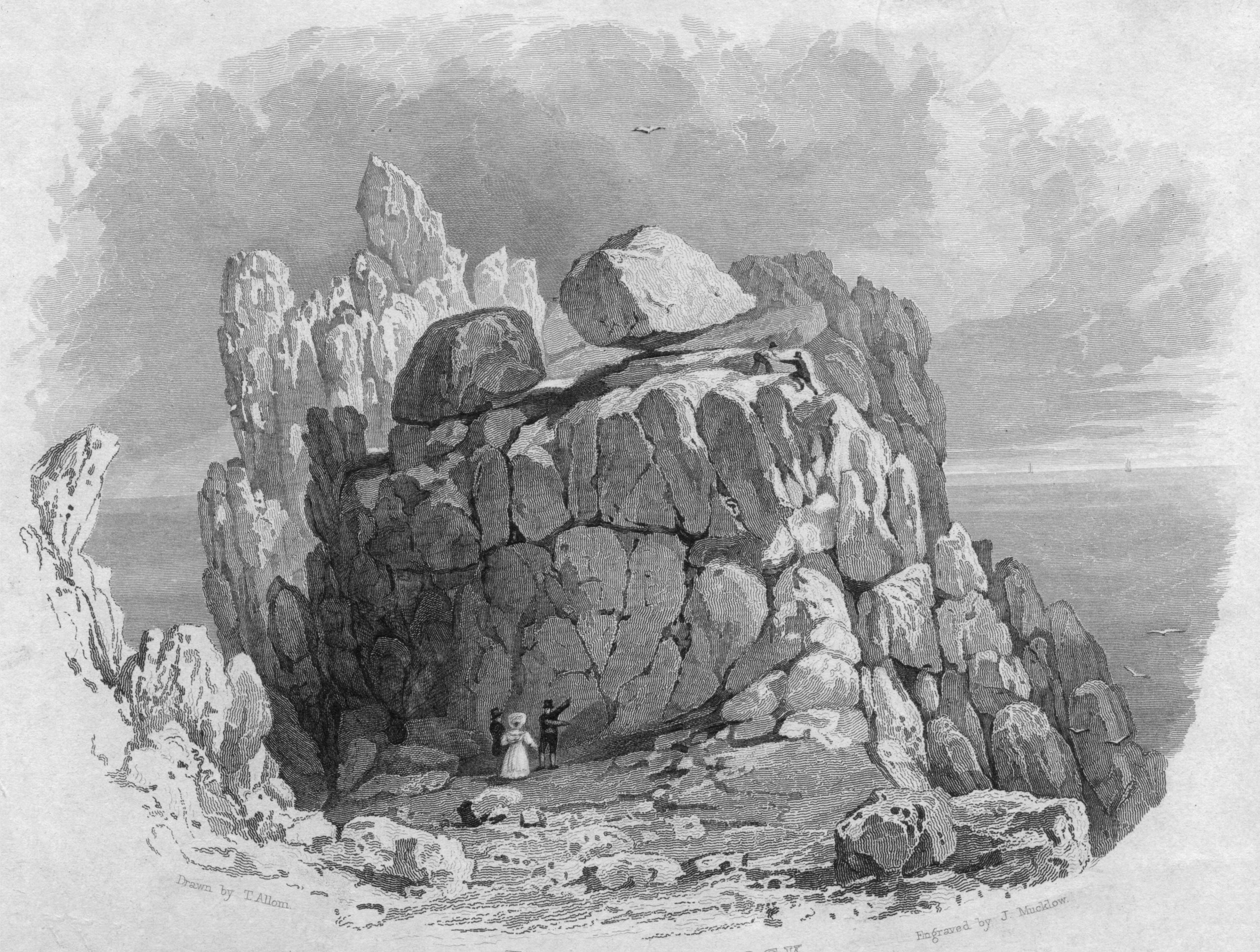 Curious Questions: Who dislodged Britain's most famous balancing rock?
Curious Questions: Who dislodged Britain's most famous balancing rock?A recent trip to Cornwall inspires Martin Fone to tell the rather sad story of the ruin and restoration of one of Cornwall's great 19th century tourist attractions: Logan Rock at Treen, near Land's End.
-
 Henley Festival: 13 things you'll see at the 'posh Glastonbury'
Henley Festival: 13 things you'll see at the 'posh Glastonbury'Revellers in ball gowns and dinner jackets, turning up on board £200,000 boats to dance and party while knocking back magnums of vintage champagne? It can only be the extraordinary Henley Festival, the high-end musical extravaganza that's a sort of Glastonbury-on-Thames for the (very) well heeled. We sent Emma Earnshaw along to see what it was like.
-
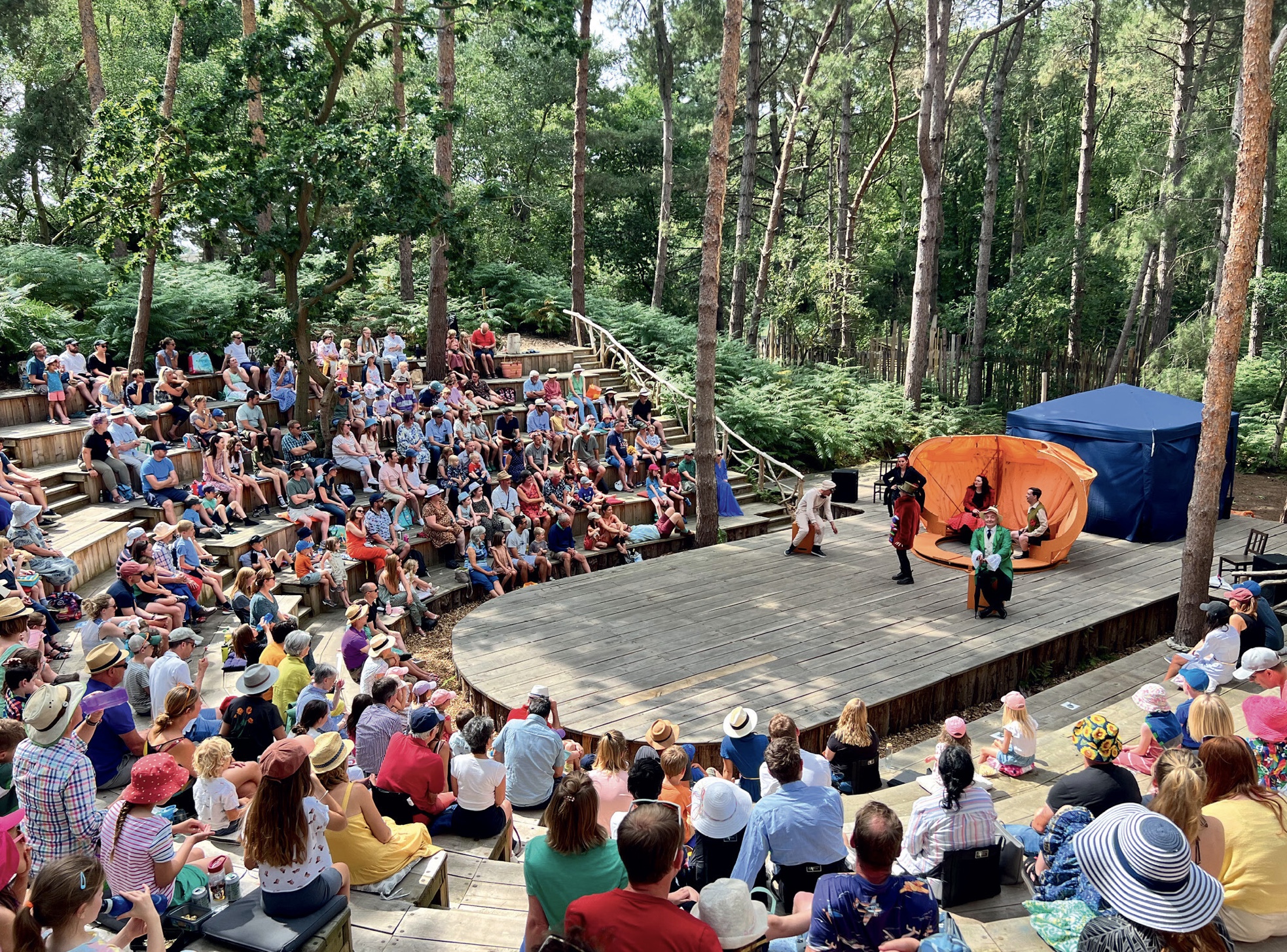 The best open air theatres in Britain
The best open air theatres in BritainAmid the sweet chestnuts, walnuts and cobnuts of a Suffolk farm, a natural amphitheatre has been transformed into a glorious sylvan venue for touring companies to tread Nature’s boards. Jo Cairdv pays a visit to the mesmerising Thorington Theatre, and picks out three more of the finest outdoor performance venues in Britain.
-
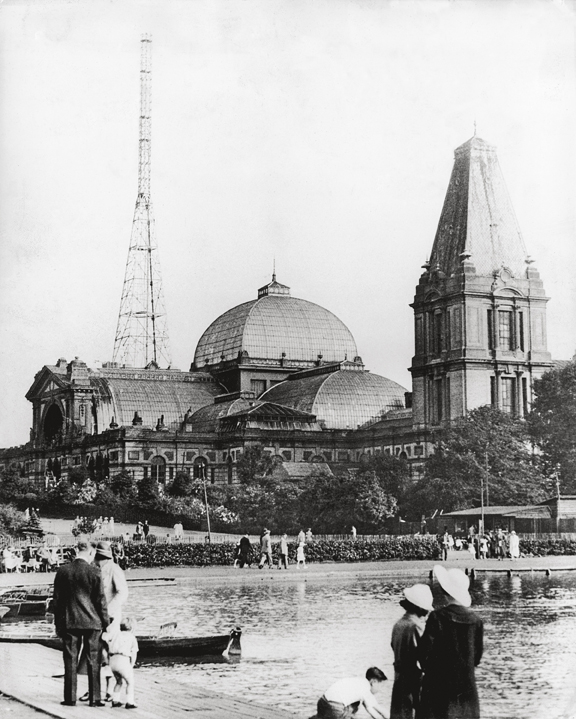 Alexandra Palace: How it's survived fires, bankruptcy and even gang warfare in 150 years as London's 'palace of the people'
Alexandra Palace: How it's survived fires, bankruptcy and even gang warfare in 150 years as London's 'palace of the people'Alexandra Palace has suffered every imaginable disaster, yet remains enduringly popular even a century and a half after its official grand opening. Martin Fone takes a look at the history of one of Britain's great public buildings.
-
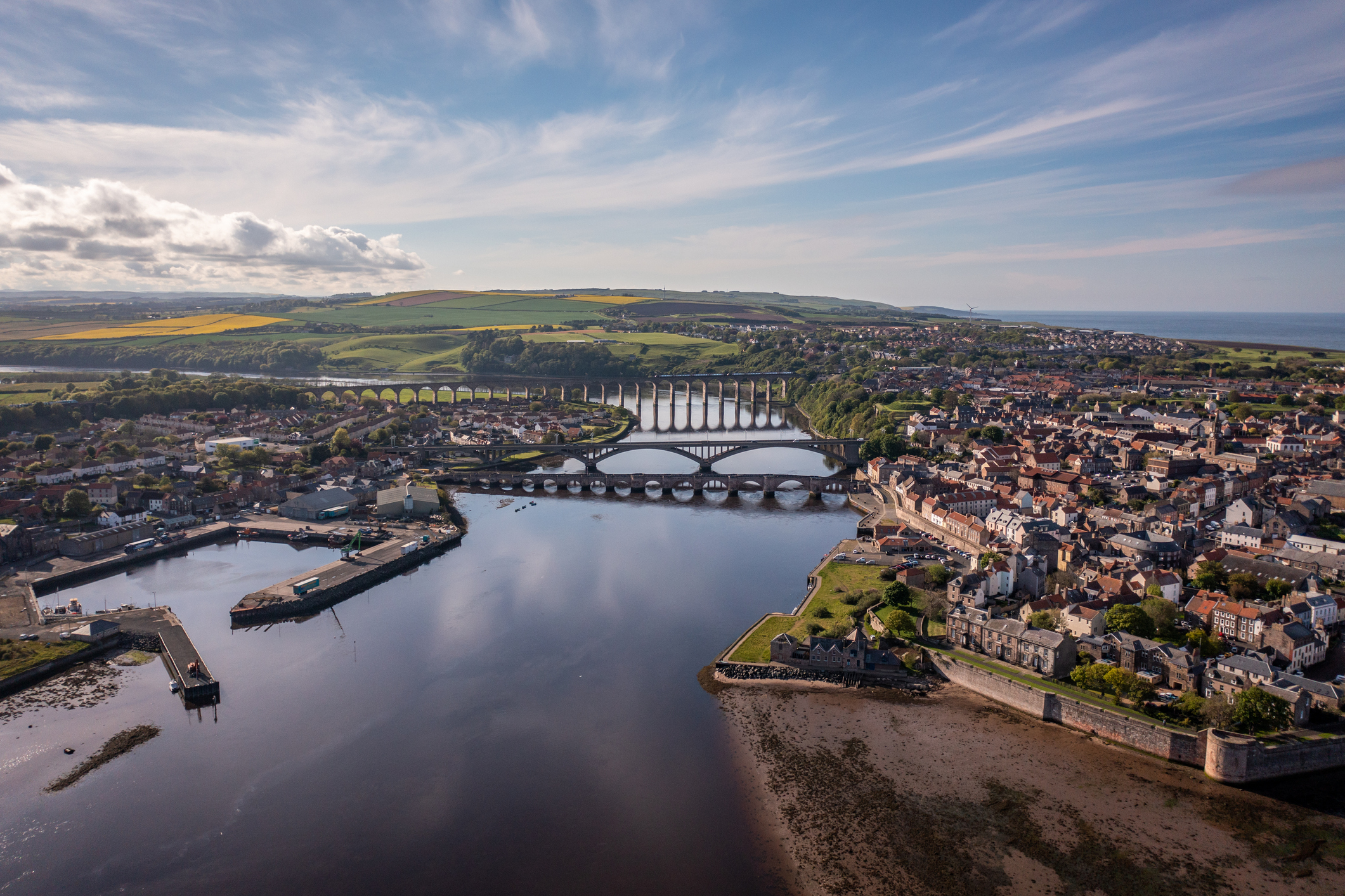 Berwick-upon-Tweed, Northumberland: The spectacular border town with a castle that changed hands 13 times
Berwick-upon-Tweed, Northumberland: The spectacular border town with a castle that changed hands 13 timesBerwick-upon-Tweed spent centuries as a pawn in Anglo-Scottish conflict; today, it's a charming border town with spectacular sights. Clive Aslet takes a look.
-
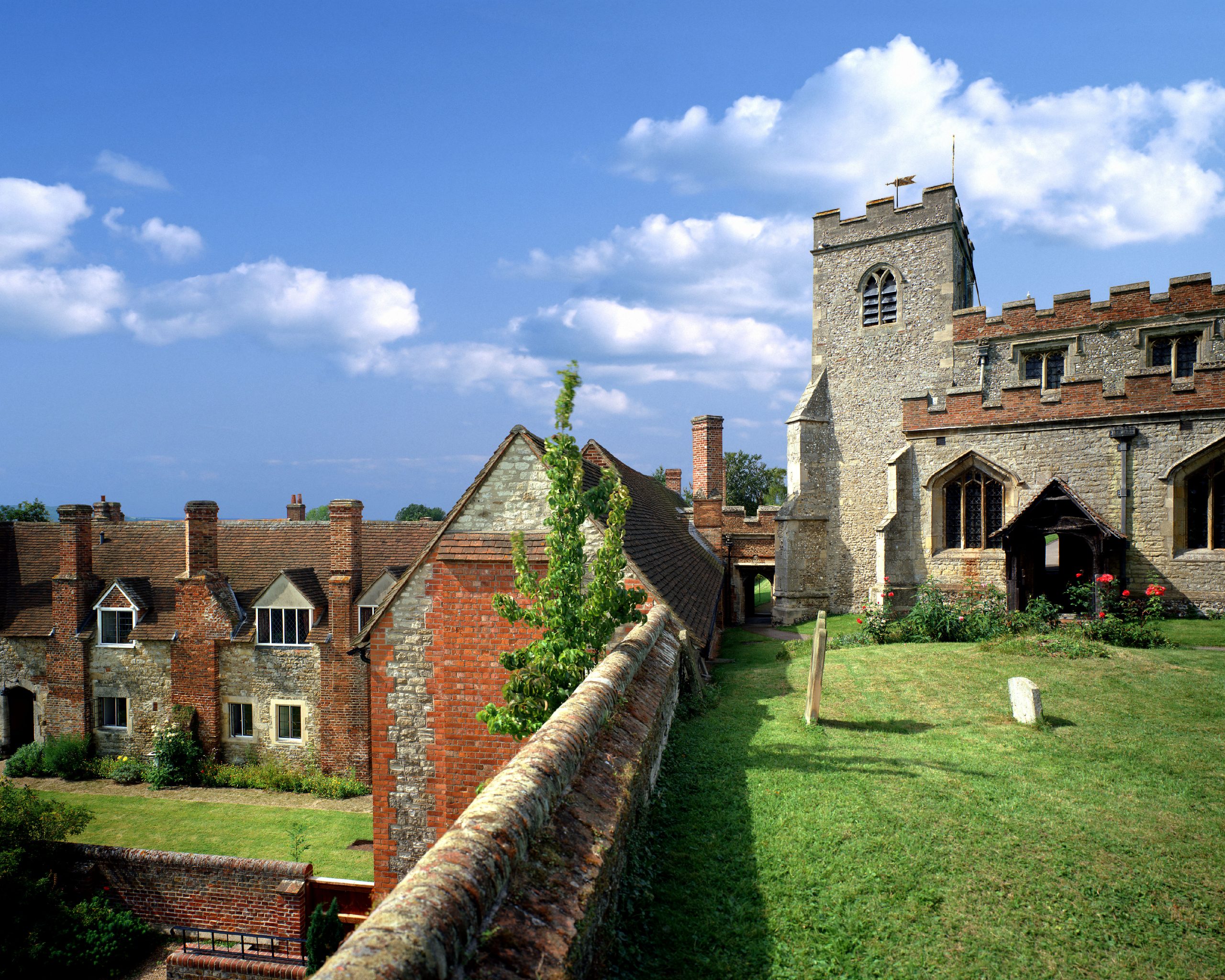 Ewelme, Oxfordshire: The medieval almshouses set up by Chaucer's grand-daughter and still running today
Ewelme, Oxfordshire: The medieval almshouses set up by Chaucer's grand-daughter and still running todayCountry Life's 21st century Grand Tour of Britain stops off at the remarkable church and almshouses at Ewelme, Oxfordshire.
-
 The Flying Scotsman: How the first 100mph locomotive became the most famous train in the world
The Flying Scotsman: How the first 100mph locomotive became the most famous train in the worldThe first train to officially hit 100mph may not even have been the first, and didn't hold the rail speed record for long; yet a century later its legend is undimmed. Jack Watkins celebrates the Flying Scotsman.

